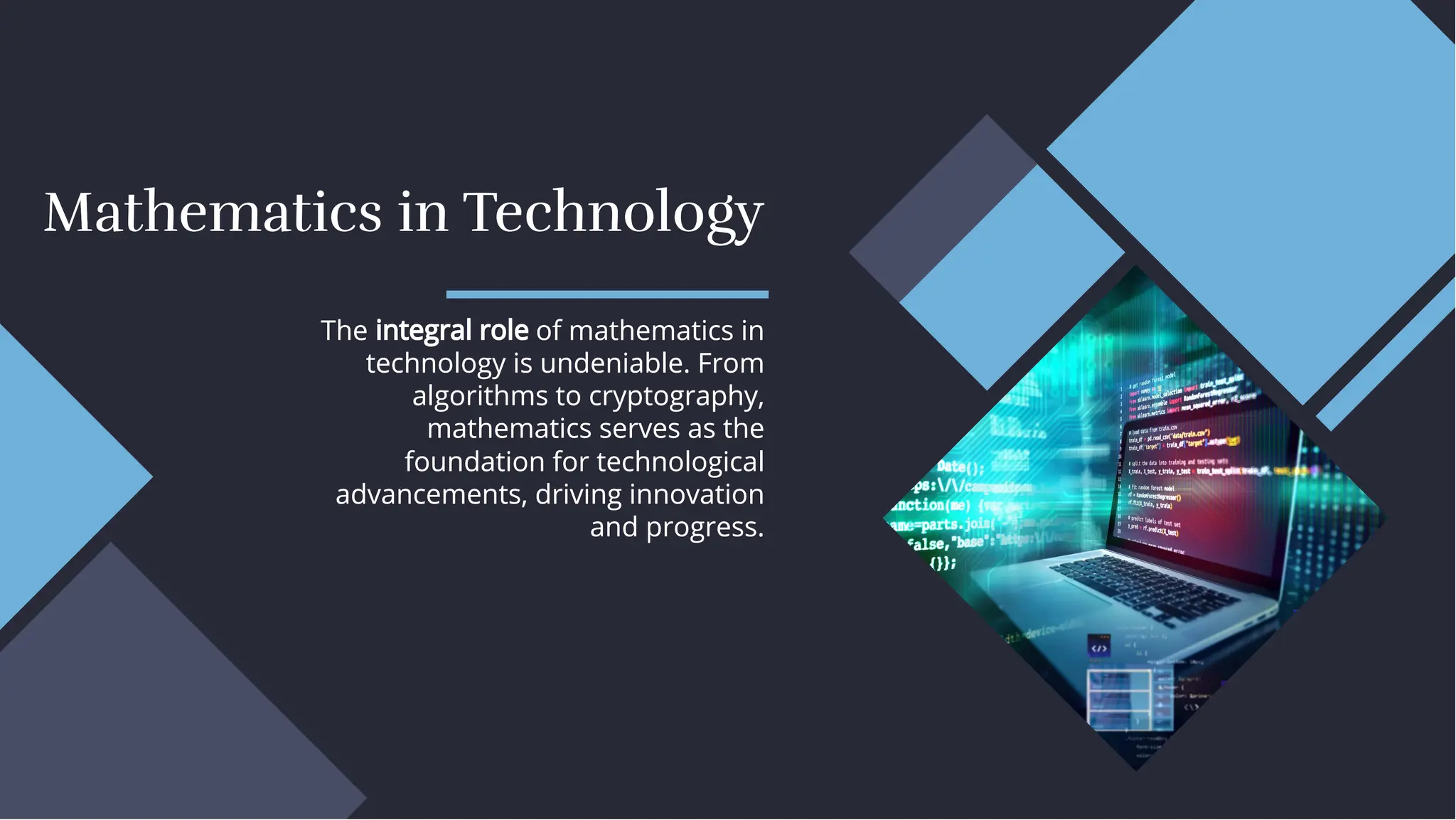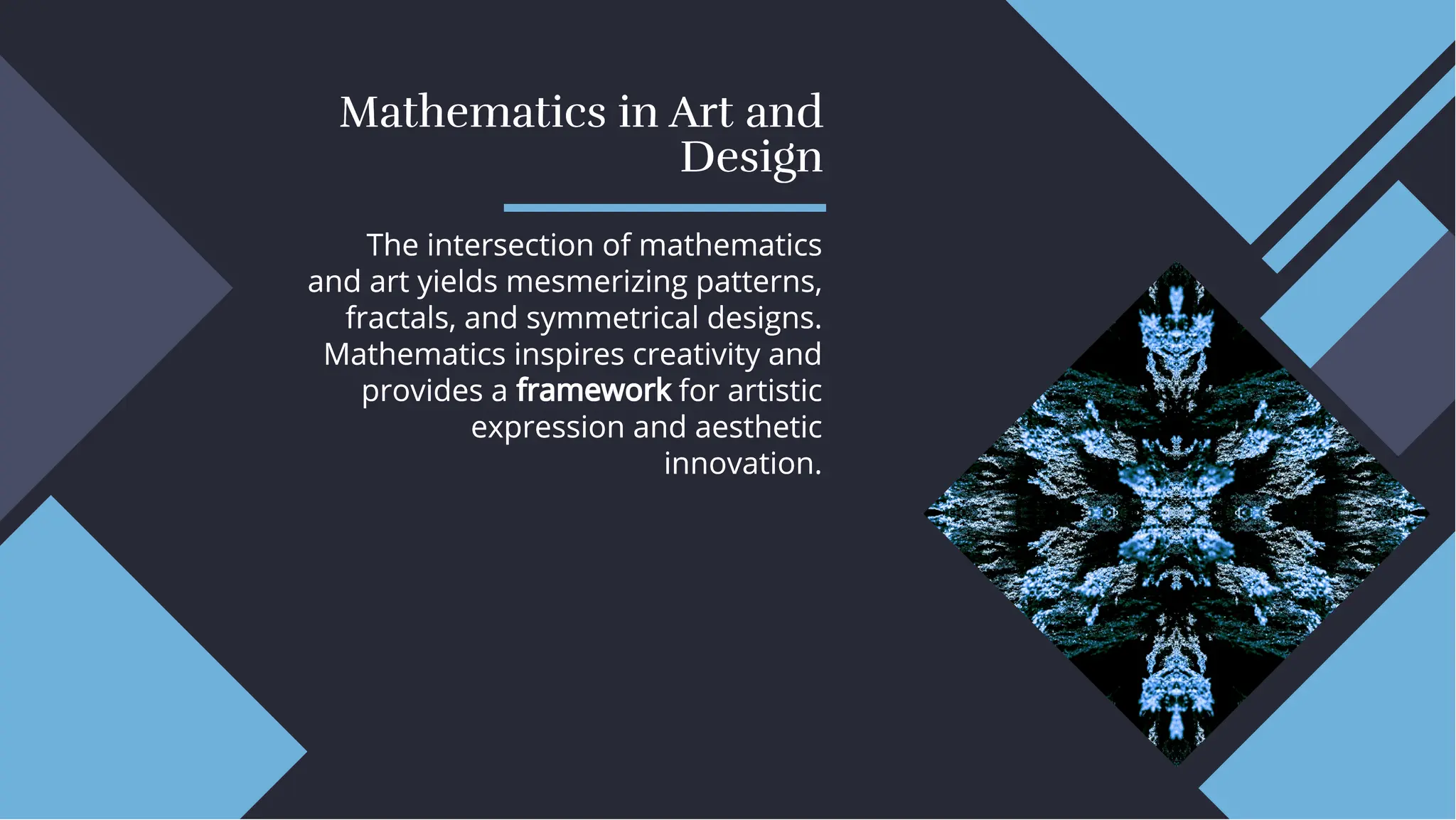The term vector may sound simple at first, but it is one of the most powerful concepts in science, engineering, computer graphics, and even biology. F
The term vector may sound simple at first, but it is one of the most powerful concepts in science, engineering, computer graphics, and even biology. From defining motion in physics to building stunning digital illustrations, vectors are everywhere around us. Whether you realize it or not, you interact with vector-based systems every day—your smartphone’s GPS, video games, data visualization tools, and AI-powered models all rely on vector principles.
This article explores the diverse world of vectors, breaking down how the concept evolved, why it matters, and how it continues to influence modern technology and innovation.
What Is a Vector? A Simple yet Mighty Definition
At its core, a vector is a quantity that has both magnitude and direction. Unlike scalar quantities—which only express magnitude—a vector provides a more complete representation of movement, force, or positioning in space.
For example:
- Velocity is a vector because it includes speed and direction.
- Force is a vector because it tells us how strong the push or pull is, and where it’s aimed.
- Displacement is a vector because it shows distance and direction from a starting point.
This dual nature makes vectors incredibly useful in describing real-world phenomena accurately and efficiently.
The History and Evolution of the Vector Concept
Although humans have been using directional concepts since ancient times, the mathematical formulation of the vector evolved over centuries. Early physicists used arrows to describe forces, but it wasn’t until the 19th century that vectors became formalized in mathematics.
Key contributors include:
- William Rowan Hamilton, who introduced quaternions—a mathematical system that later influenced vector theory.
- Josiah Willard Gibbs, who helped develop modern vector algebra.
- Oliver Heaviside, who contributed to vector calculus and its application in electromagnetism.
Today, vectors form a foundational component of applied mathematics, physics, computer science, engineering, and data analysis.
Types of Vectors and Their Uses
Vectors come in various forms, each suited to different tasks. Understanding these types helps illustrate how versatile the vector truly is.
1. Geometric Vectors
These are visual vectors represented as arrows in space. They are widely used in physics, engineering, architecture, and navigation.
2. Algebraic Vectors
Represented as coordinates (e.g., (3, 4)), algebraic vectors are useful for calculations and transformations.
3. Unit Vectors
These vectors have a magnitude of 1 and are used to indicate direction.
4. Zero Vectors
With no magnitude or direction, zero vectors appear in mathematical analysis and system equilibrium studies.
5. Position Vectors
These indicate the position of an object relative to an origin point.
6. Normal Vectors
Used in geometry, physics, and graphics, normal vectors help define surface orientation for reflections and shading.
Vectors in Physics: The Language of Motion and Forces
Physics relies heavily on vectors to describe the laws of nature accurately. Every major force or motion can be expressed using vectors:
- Force vectors: Show the strength and direction of interactions.
- Acceleration vectors: Indicate how velocity changes over time.
- Electric and magnetic fields: Represented through vector fields.
Without the vector, solving physics problems would become nearly impossible. For example, calculating the trajectory of a rocket, the motion of a car, or the tension in a bridge cable all depend on vector calculations.
Vectors in Computer Graphics: The Backbone of Digital Art

One of the most popular uses of the vector today is in computer graphics.
Why vector graphics are powerful
Vector graphics store shapes using mathematical formulas instead of pixels. This means:
- They scale infinitely without losing quality.
- They produce clean, sharp edges.
- They are ideal for logos, icons, illustrations, and technical drawings.
Tools like Adobe Illustrator, CorelDRAW, Inkscape, and Figma thrive because of vector-based design. When you enlarge a logo or zoom into a digital illustration, you see smooth lines instead of pixelation—thanks to vector math.
Vectors in animation and gaming
Motion paths, character rigging, object transformations, and procedural generation all use vector calculations. Game engines like Unity and Unreal rely on vector mathematics to detect collisions, calculate movement, and simulate physics.
Vectors in Data Science and AI: The Language of Information
In artificial intelligence and machine learning, vectors represent data.
A few examples:
- A word can be encoded as a vector (word embeddings).
- Images can be represented as vectors for recognition.
- User behavior patterns in recommendation systems use vector similarity.
- Neural networks perform calculations using vector and matrix operations.
The phrase “high-dimensional vector space” is common in AI, showing just how deeply vector mathematics is embedded in modern algorithms.
Vectors in Engineering: Precision and Problem-Solving
Engineering would not function without vectors. Civil, mechanical, electrical, and aerospace engineers depend on vector principles daily.
They use vectors to:
- Model stress and strain in structures
- Design electrical circuits
- Calculate load distribution
- Simulate airflow around aircraft
- Build robotics and automation systems
Whenever something is measured, moved, or modeled, the vector is working behind the scenes.
Vectors in Navigation and Mapping

GPS systems use vectors to calculate:
- Distance
- Direction
- Speed
- Travel routes
Planes, ships, and autonomous drones all rely on real-time vector computation to navigate safely and accurately. Even smartphone navigation apps use vector-based algorithms to process map data.
Vectors in Biology and Medicine
In biology, the term vector has a different meaning: an organism that transmits disease (e.g., mosquitoes). Although different from mathematical vectors, the idea of “carrying something from one place to another” still applies.
In medicine, vectors are crucial in:
- Epidemiology
- Genetic engineering
- Disease modeling
- Vaccine development (viral vectors)
Thus, the vector concept spans both the natural and technological world.
Why the Vector Will Continue to Shape the Future
Vectors are not going away anytime soon. In fact, they are becoming more important as the world becomes more digital and data-driven.
Future technologies relying on vectors include:
- Autonomous vehicles
- Robotics
- Augmented and virtual reality
- Space exploration
- Advanced AI models
- Complex environmental simulations
The world is moving toward precision, automation, and intelligent systems—and vectors are the mathematical foundation making it possible.
Conclusion: The Vector’s Timeless Power
The vector is more than a mathematical object; it is a universal language that describes motion, direction, relation, and transformation. Its presence can be found in nearly every branch of science and technology. Whether you’re creating digital art, analyzing data, building machines, or studying the physical world, vectors are silently powering the processes behind the scenes.
In a rapidly advancing world, the vector remains one of the most reliable, essential, and versatile tools we have—and it will continue shaping innovation for generations to come.


COMMENTS